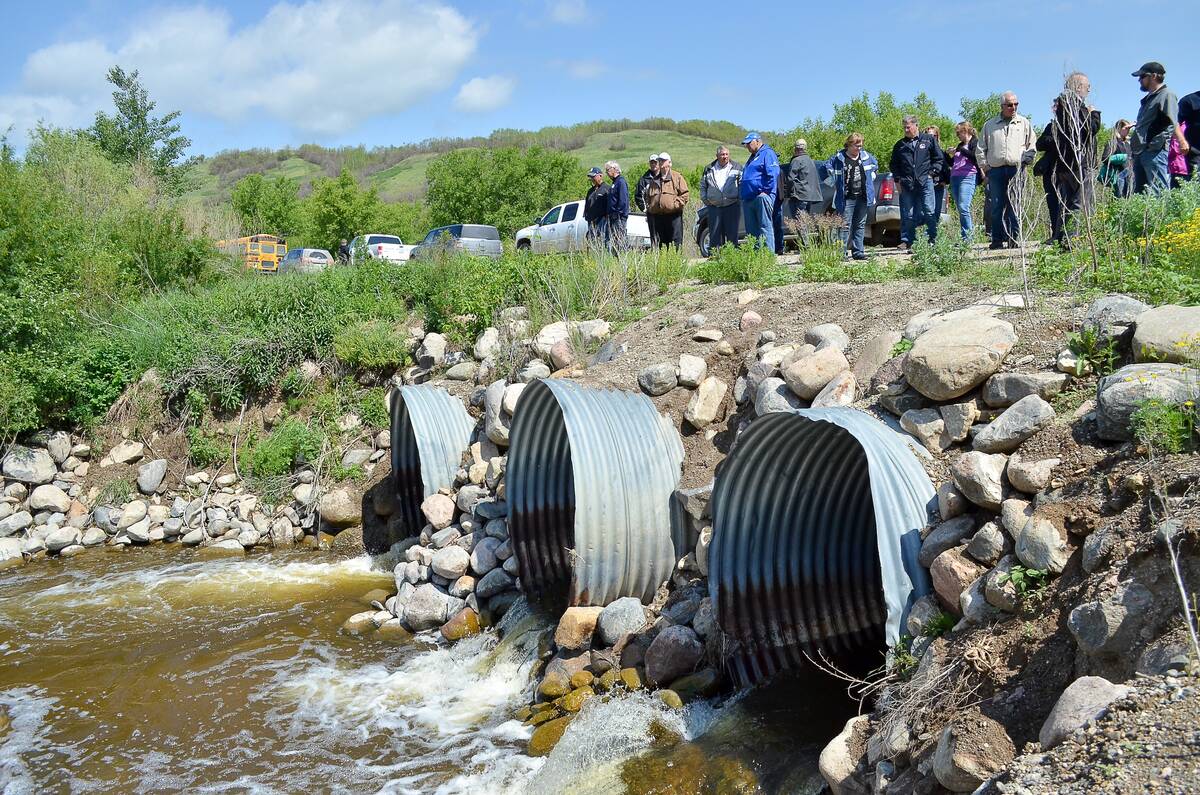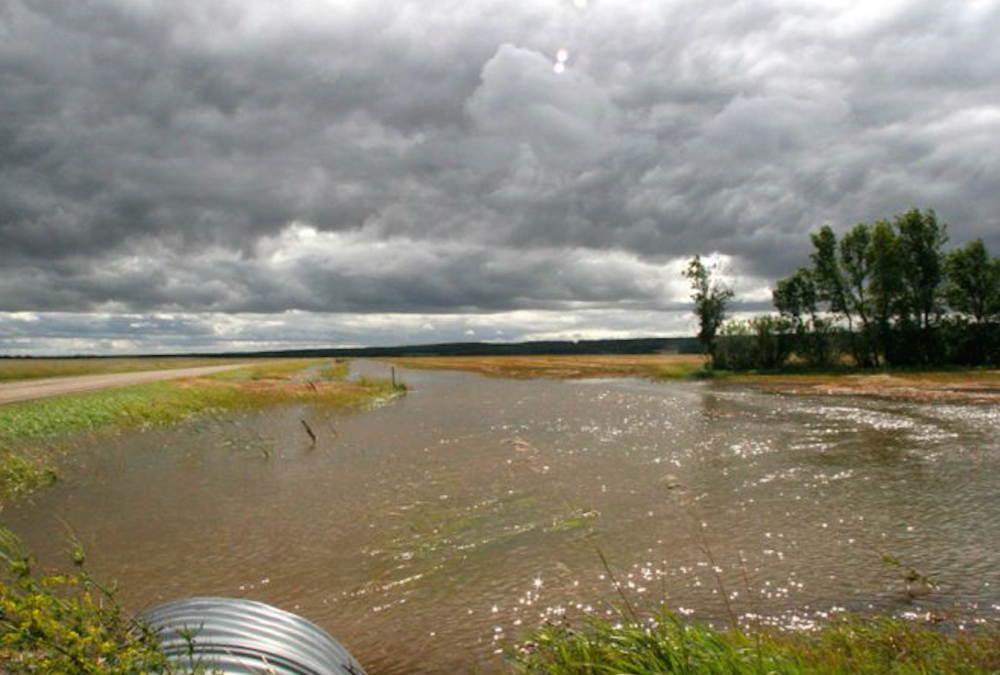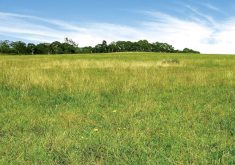A rearranging of Manitoba’s conservation districts into ‘watershed districts’ should streamline management and bring the districts more into line with their original intent.
“Water does not follow political or administrative boundaries,” said Rochelle Squires, then minister of sustainable development, in a news release Oct. 11. “These proposed changes support our made-in-Manitoba climate and green plan with a consistent approach to water governance and modernize a historically successful watershed-based program.”
Why it matters: Watersheds are currently managed by multiple conservation districts in some cases, which can complicate planning and water stewardship.
Read Also

Manitoba Forage and Grasslands Association wins Water Canada innovation award
The farmer-led Manitoba Forage and Grassland Association has earned the Early Adopter/Innovation Partnership Award from Water Canada for the MFGA’s collaborative Aquanty hydrological modelling project for water management.
The province announced Oct. 11 that it had launched public consultations on two draft regulations, which would realign the current conservation districts into districts based on watershed boundaries.
They would also add flexibility to regulations handling board contracts and agreements related to water and soil projects, the release stated.
Conservation districts were originally established on watershed lines, said Andrea McLean, acting manager of watershed planning and programs with the province.
A period of expansion, and bringing the rural municipalities into the program, split districts up. This has meant that watershed management plans have sometimes required co-ordination between multiple conservation districts.
McLean said modernization of the regulations was badly needed, and this has been discussed among the districts for many years.
“It is actually a pretty big deal,” said Chris Reynolds, manager of the current Whitemud Watershed Conservation District. “It’s the way that it was intended to be.”
The Whitemud district will remain virtually unchanged, according to a map the province posted online. Others will see considerable revision and amalgamation. McLean said current staff will continue on with the new watershed districts they fall under. Watershed districts may choose to elect new board members.
McLean added that new regulations would allow the districts to enter agreements with non-municipal groups, like First Nations and parks, which will allow for better collaboration on water management.
















